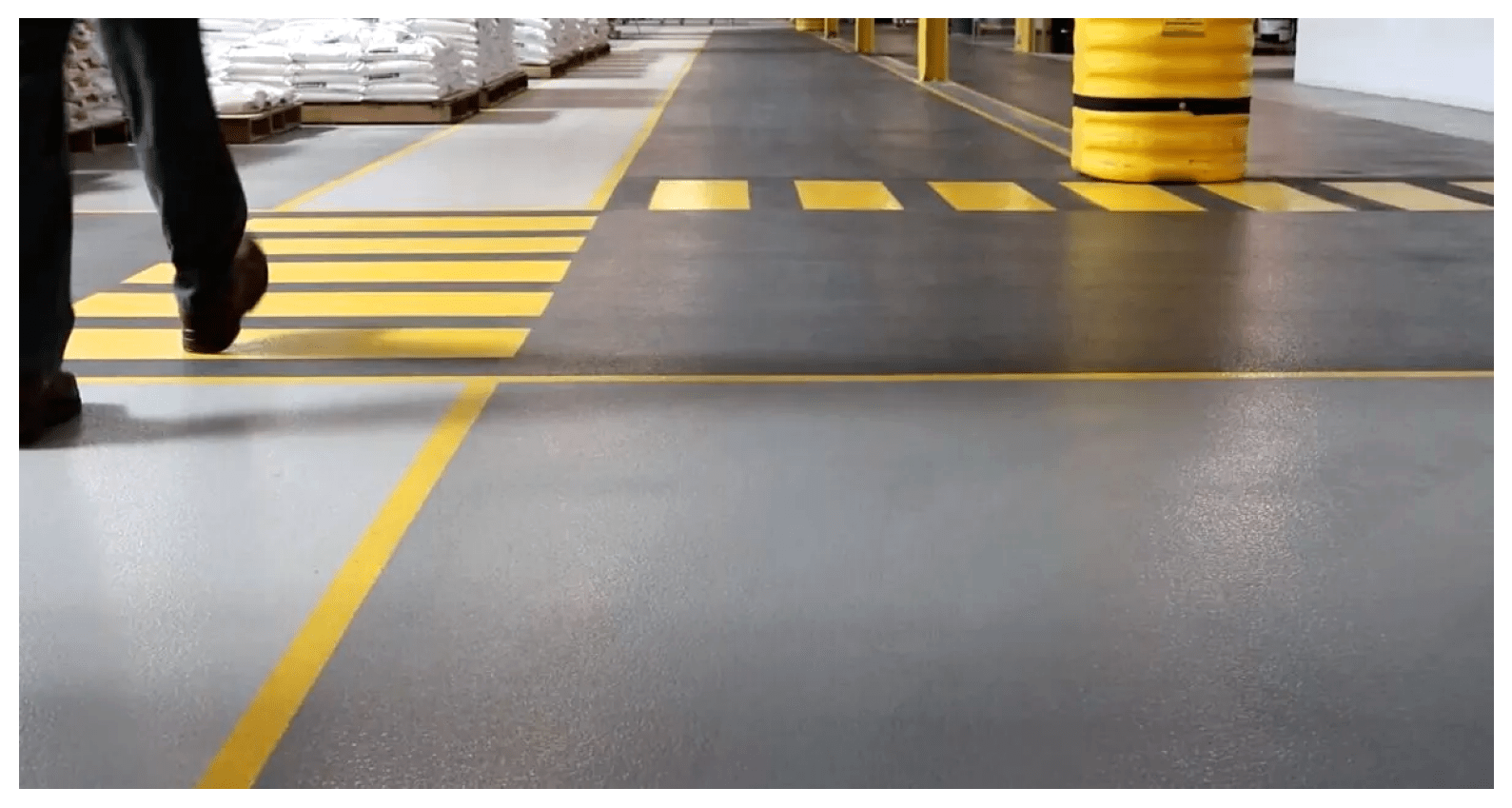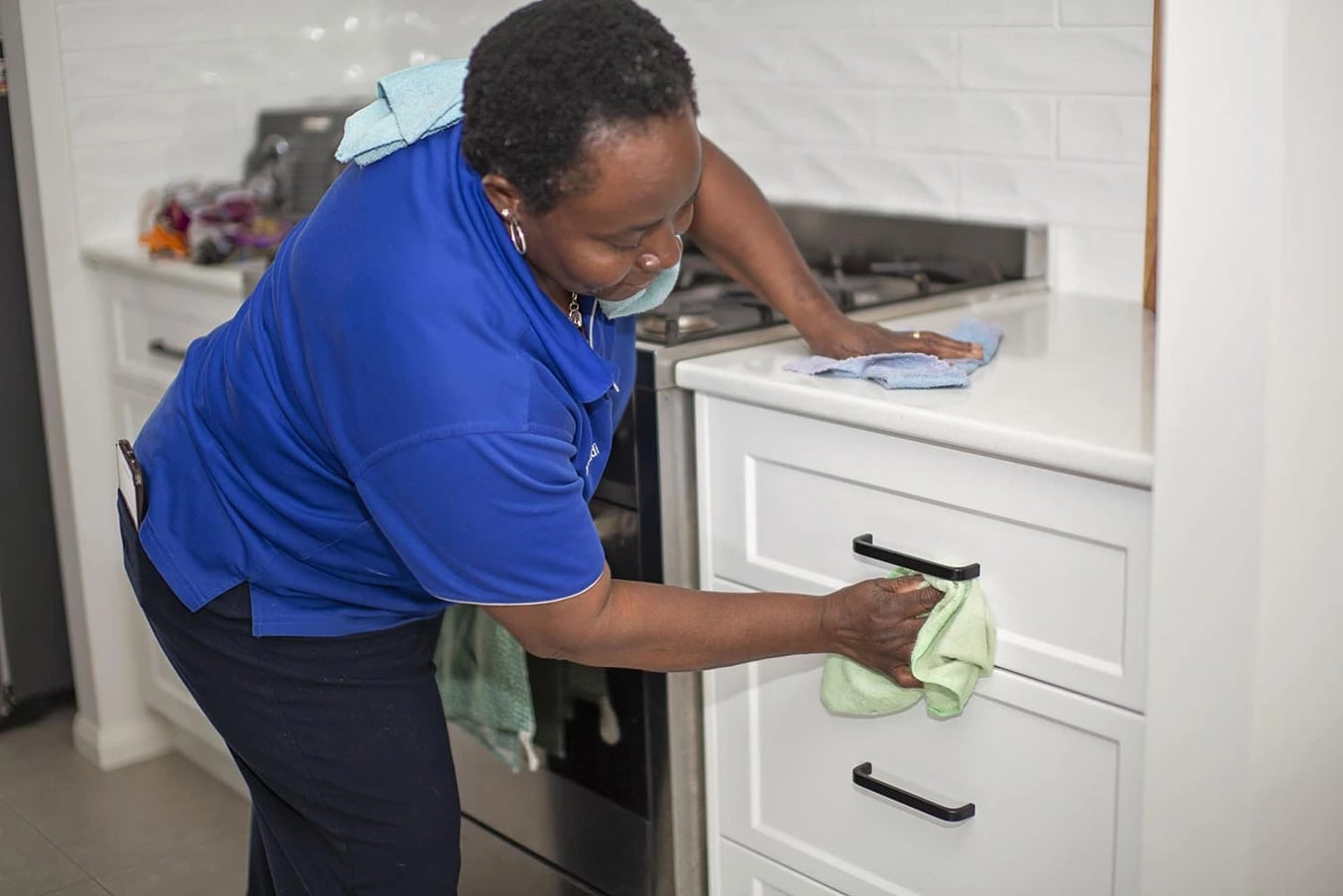
Understanding the Need for Roofing Replacement in Portland, Oregon
Roofing is a crucial component of any home, especially in locations like Portland, Oregon, where the climate can significantly impact the lifespan of roofing materials. Factors such as moisture, temperature fluctuations, and seasonal storms necessitate regular inspections. Homeowners must understand the importance of timely Roofing Replacement Portland Oregon to ensure the safety and integrity of their homes.
Common Signs of Roof Damage
Recognizing the signs of roof damage can save homeowners from costly repairs and replacements in the future. Here are some common indicators that your roof may need attention:
- Missing or Damaged Shingles: Shingles that are cracked, curled, or entirely missing compromise your roof’s defense against the elements.
- Leaking: Water stains on ceilings or walls are often telltale signs of leaks, which can lead to mold and structural damage.
- Granules in Gutters: If you notice shingle granules accumulating in your gutters, this may indicate that your roof is nearing the end of its life.
- Sagging Roof Deck: A sagging appearance may indicate structural issues or excessive moisture trapped underneath.
- Mold or Mildew Growth: Any visible mold or mildew can signify water damage and requires immediate attention.
Benefits of Roof Replacement
While repairs may sometimes suffice, there are compelling benefits to opting for a full roof replacement:
- Increased Home Value: A new roof can significantly boost your property’s resale value, making it more appealing to prospective buyers.
- Enhanced Energy Efficiency: New roofing materials can improve insulation, leading to lower energy bills.
- Improved Aesthetics: A fresh roof can transform the look of your home, positively impacting curb appeal.
- Enhanced Safety: Replacing an aging roof eliminates risks associated with potential collapse or water damage.
- Warranties: New roofs often come with manufacturer warranties that provide peace of mind regarding maintenance and repairs.
When to Consider Replacement vs. Repair
Deciding between repair and replacement can be challenging. Factors to consider include:
- Age of the Roof: If your roof is nearing the end of its expected lifespan (typically around 20-30 years for asphalt shingles), replacement is generally advised.
- Extent of Damage: Minor leaks may be repaired, while widespread damage necessitates a replacement.
- Cost: If repair costs are approaching the price of a new roof, it may be wise to consider full replacement.
- Future Plans: If you plan on selling your home soon, a new roof can be a valuable selling point.
Choosing the Right Roofing Materials for Portland Homes
Selecting the appropriate materials for your roofing project is essential, particularly given Portland’s unique weather conditions. Here, we’ll explore the most suitable options.
Popular Roofing Options in Portland
Several roofing materials are popular in Portland due to their durability and suitability for the local climate:
- Asphalt Shingles: The most common choice, asphalt shingles are cost-effective, versatile, and available in various colors and styles.
- Metal Roofing: Known for its longevity and durability, metal roofing can withstand the heavy rains common in Portland.
- Clay Tiles: Although more expensive, clay tiles offer exceptional aesthetic appeal and durability.
- Slate Roofing: An excellent option for luxury homes, slate provides unmatched durability and resistance to rot and insects.
Material Durability and Weather Considerations
When selecting roofing materials, it is imperative to consider their durability in relation to Portland’s weather conditions:
- Moisture Resistance: With frequent rain, materials must effectively repel water. Metal and slate excel in this category.
- Wind Resistance: Strong winds can easily damage weaker materials. Opt for materials designed to withstand high wind speeds, such as high-quality shingles and metal roofing.
- Temperature Fluctuations: Materials with good thermal insulation can help maintain indoor temperatures and reduce energy bills.
Environmental Impact of Roofing Choices
Homeowners are increasingly concerned about the environmental impact of their choices. Here’s how to choose sustainable roofing options:
- Recyclable Materials: Choose roofing materials that can be recycled at the end of their life cycle.
- Energy-Efficient Options: Consider reflective roofing materials that reduce heat buildup, contributing to lower energy costs.
- Locally Sourced Products: Supporting local manufacturers not only boosts the economy but typically reduces transportation emissions.
The Roofing Replacement Process Explained
Understanding the steps involved in roof replacement can help homeowners prepare for what to expect.
Initial Inspection and Assessment
The first step in the roofing replacement process is a thorough inspection by a qualified contractor. This includes:
- Evaluation of Current Roof Condition: Identifying issues such as leaks, damage, and overall wear.
- Assessment of Underlying Structures: Ensuring the roof deck and rafters are sound.
- Estimation of Costs: Providing a detailed quote based on materials and labor.
Preparation and Planning
Preparation is crucial for a successful roofing replacement. Plan for:
- Permit Requirements: Check local building codes and obtain necessary permits.
- Material Selection: Finalizing roofing materials based on style, budget, and climate appropriateness.
- Scheduling: Choose a time for replacement that minimizes disruption, particularly considering weather forecasts.
Installation Techniques for Optimal Results
Best practices for installation can impact the longevity and performance of your new roof:
- Proper Underlayment: Installing appropriate underlayment to add an additional layer of protection against moisture.
- Ventilation: Ensuring adequate ventilation systems are in place to prevent heat and moisture buildup in the attic.
- Skilled Labor: Engaging experienced professionals to ensure the installation adheres to industry standards.
Working with Professional Roofers in Portland
Choosing the right contractor is essential for a hassle-free roofing replacement process. Here’s how to find a reliable professional.
How to Choose a Roofing Contractor
When selecting a roofing contractor, consider the following criteria:
- Experience: Look for companies with a proven track record in roofing projects within the Portland area.
- References and Reviews: Check previous customer reviews and request references to gauge the quality of service.
- Portfolio: Review their portfolio to assess the variety of styles and materials they have worked with.
Verifying Licenses and Insurance
Before hiring a roofing contractor, it is crucial to check their credentials:
- Licensing: Ensure they are licensed to operate in Oregon and comply with local regulations.
- Insurance: Confirm that they carry liability insurance and workers’ compensation to protect you in case of accidents or damage.
Understanding Contracts and Warranties
Prior to any work commencing, it’s vital to understand the contract and warranty terms:
- Clear Contracts: Make sure contracts outline the scope of work, payment schedules, and timelines.
- Warranties: Review warranty details on both materials and labor to ensure protections are in place for potential future issues.
Maintaining Your New Roof After Replacement
Post-installation maintenance is key to extending the life of your newly replaced roof. Here are some important maintenance tips.
Regular Maintenance Tips
Regular upkeep can prevent problems before they arise, such as:
- Routine Inspections: Schedule annual professional inspections to identify any emerging issues.
- Clean Gutters: Keep gutters and downspouts clear to ensure proper water drainage.
- Trim Overhanging Branches: Prevent damage during storms by trimming trees near your home.
Signs You May Need Repairs
Even new roofs may need periodic repairs. Signs to watch out for include:
- Shingle Damage: Missing or cracked shingles should be attended to promptly.
- Interior Water Damage: Any signs of water damage inside the home warrant immediate attention.
- Visible Sagging: Any sagging parts of the roof indicate underlying structural issues needing expert evaluation.
Long-Term Care Strategies
Long-term care strategies can help maximize your roof’s lifespan:
- Invest in Quality Materials: Opt for higher-quality materials for longer-lasting roofing results.
- Adhere to Maintenance Schedule: Stick to a regular maintenance schedule to stay ahead of potential issues.
- Stay Informed: Educate yourself about roofing trends and technologies to make informed decisions.







